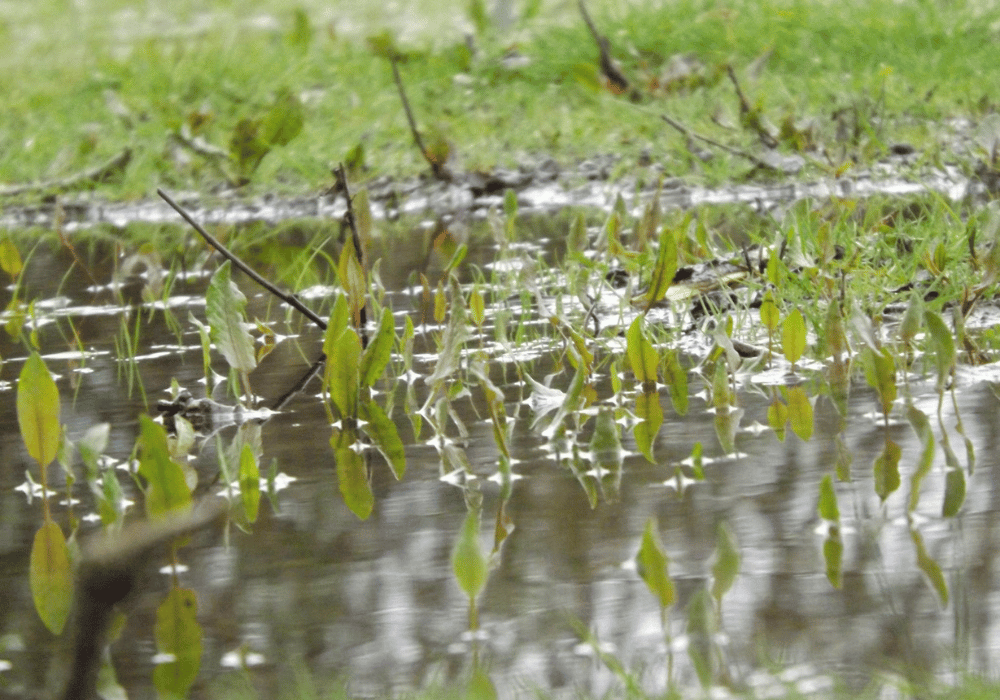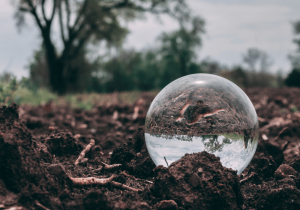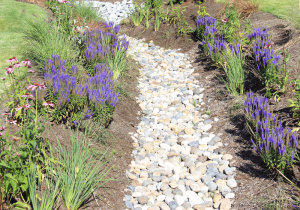How to Prevent Backyard Flooding With Proper Drainage Solutions

Backyard flooding can be a frustrating and costly issue for homeowners. Excess water can lead to damaged landscapes, eroded soil, and even foundational problems for your home. While heavy rainfall is often to blame, other factors like compacted soil, poor landscaping, or insufficient drainage systems can exacerbate the problem. Proactively addressing backyard flooding with effective drainage solutions can save you time, stress, and money while preserving the beauty and functionality of your outdoor space. This guide will walk you through everything you need to know—from understanding soil composition to installing innovative drainage systems and integrating smart landscaping solutions. By the end, you’ll feel confident in preventing backyard flooding and protecting your property.
Understanding Soil Composition and Water Absorption
 The soil in your backyard plays a pivotal role in determining how water flows and drains after heavy rain. Different types of soil absorb water at varying rates, which can significantly impact how water moves through your yard. Sandy soils typically allow for efficient water infiltration, while clay-heavy soils hold water and drain poorly. If your property features clay-based soil, you might notice standing water more often because clay creates a near-impermeable barrier for water.
The soil in your backyard plays a pivotal role in determining how water flows and drains after heavy rain. Different types of soil absorb water at varying rates, which can significantly impact how water moves through your yard. Sandy soils typically allow for efficient water infiltration, while clay-heavy soils hold water and drain poorly. If your property features clay-based soil, you might notice standing water more often because clay creates a near-impermeable barrier for water.
Another common issue is soil compaction. When soil becomes too compact, typically from heavy foot traffic, landscaping equipment, or improper grading, water cannot be absorbed efficiently and leading to runoff. This runoff collects in low-lying areas, contributing to flooding. Knowing the composition of your soil and its density can help in identifying the root cause of drainage issues.
Improving soil drainage capacity is a viable solution for many homeowners. Aerating the soil by creating small holes allows water and nutrients to penetrate deeper layers, reducing surface water accumulation. Adding organic materials like mulch or compost can also promote better water absorption, particularly for clay-heavy soils. Investing in soil tests and consulting with professionals may help reveal the precise actions needed to improve your property’s drainage potential.
Implementing Surface Drainage Solutions
Surface drainage solutions are one of the most practical first steps to address backyard flooding. These systems guide collected water away from your property, making it less likely to pool in undesired areas. French drains, for example, are a popular choice for homeowners. They consist of perforated pipes buried in gravel-filled trenches that collect and transport water to a designated outlet. French drains work effectively in areas with moderate to severe drainage needs and can prevent water from seeping into nearby structures.
Another essential surface drainage option is channel drains. These drains, often found along driveways, patios, or walkways, are designed to capture runoff water efficiently. They feature long, grated openings that direct excess water into connected underground pipes. Installing and maintaining channel drains requires proper grading to ensure water flows toward the drain, not away from it. Regularly clearing debris like leaves and sediment is crucial for keeping these drains functional.
Swales and grading techniques also make excellent surface drainage solutions. Swales are shallow, grassy depressions that guide water away from your home or garden while offering an eco-friendly alternative to more rigid systems. Proper grading ensures that the ground slopes downward from the foundation of your house, naturally directing water flow. These methods, when used in combination, can keep your backyard dry and protected during heavy rainfall.
Utilizing Subsurface Drainage Systems
For properties with serious flooding issues, subsurface drainage systems offer a long-term and effective solution. Unlike surface drains, subsurface systems focus on removing excess water from below ground. Underground drainage pipes are one example of subsurface infrastructure that excels at managing heavy runoff or high water tables. Strategically placed pipes carry water away from problem areas and disperse it safely.
Installing a subsurface drainage system is a multi-step process requiring thoughtful planning and execution. The first step is to identify areas where water tends to collect and outline an optimal route for the drainage pipes. Trenches are then dug along these paths, and perforated pipes surrounded by gravel are installed to facilitate water movement. A fabric layer is often added to prevent soil infiltration while preserving pipe functionality. Once installed, the system can redirect water to storm drains, dry wells, or distant disposal points.
Proper design and regular maintenance are key for subsurface drainage systems to function seamlessly. Pipes should be appropriately angled to encourage water flow and minimize blockages. Inspect the system periodically for clogs or damage, especially after extreme weather events. Though subsurface solutions are typically more costly upfront, they provide unmatched efficiency and durability for properties prone to severe flooding.
Integrating Landscaping for Better Drainage
Landscaping can do more than enhance the beauty of your backyard; it can also serve as a powerful tool to improve drainage and prevent flooding. Plants and vegetation play an integral role in absorbing water and reducing surface runoff. With well-chosen greenery, you can transform soggy yards into efficient drainage solutions. Trees and shrubs with deep root systems, for example, help stabilize soil and encourage water infiltration.
Rain gardens are another innovative solution for managing excess water. These gardens are shallowly excavated beds filled with water-absorbent plants, flowers, and grasses. Positioned strategically beneath gutters or at the base of slopes, rain gardens capture diverted runoff and allow the water to soak slowly into the ground. Besides functionality, they add a lush and vibrant touch to your outdoor space.
When integrating landscaping for drainage, opting for native plants is essential. Native species are naturally adapted to local conditions, including wet environments, and typically require less maintenance. Their ability to thrive in water-heavy soil makes them invaluable additions to any flood-prone backyard while creating a balanced ecosystem that supports local pollinators.
Maintaining Your Drainage System
Even the best drainage solutions require consistent maintenance to remain effective. Routine inspections are essential for identifying potential issues like blocked pipes, clogged grates, or eroded surfaces. Walk through your backyard regularly, especially after heavy rains, to observe how water flows and address any abnormalities.
Clearing debris is a straightforward yet highly effective maintenance practice. Leaves, twigs, and dirt can block drainage inlets and disrupt water movement. Cleaning gutters, downspouts, and drains ensures these systems function at their maximum capacity.
Hiring professional maintenance services can provide added peace of mind. Specialists have the tools and expertise to assess drainage systems comprehensively, from locating hidden clogs to repairing damaged components. If you’re unsure about your system’s condition or are experiencing persistent problems, consulting with a professional like Ashworth Drainage can protect your property in the long run.
Preventing backyard flooding is about more than just addressing an inconvenient mess. It’s about protecting your property, enhancing your outdoor spaces, and safeguarding the longevity of your home. From understanding your soil’s drainage capacity to creating effective systems and integrating smart landscaping, proactive planning is key. At Ashworth Drainage, we specialize in customized drainage solutions that fit your specific needs. Whether you’re looking for expert advice, help with installation, or ongoing system maintenance, our team is here to ensure that your property remains flood-free. Contact us today to get started and say goodbye to backyard flooding for good.

